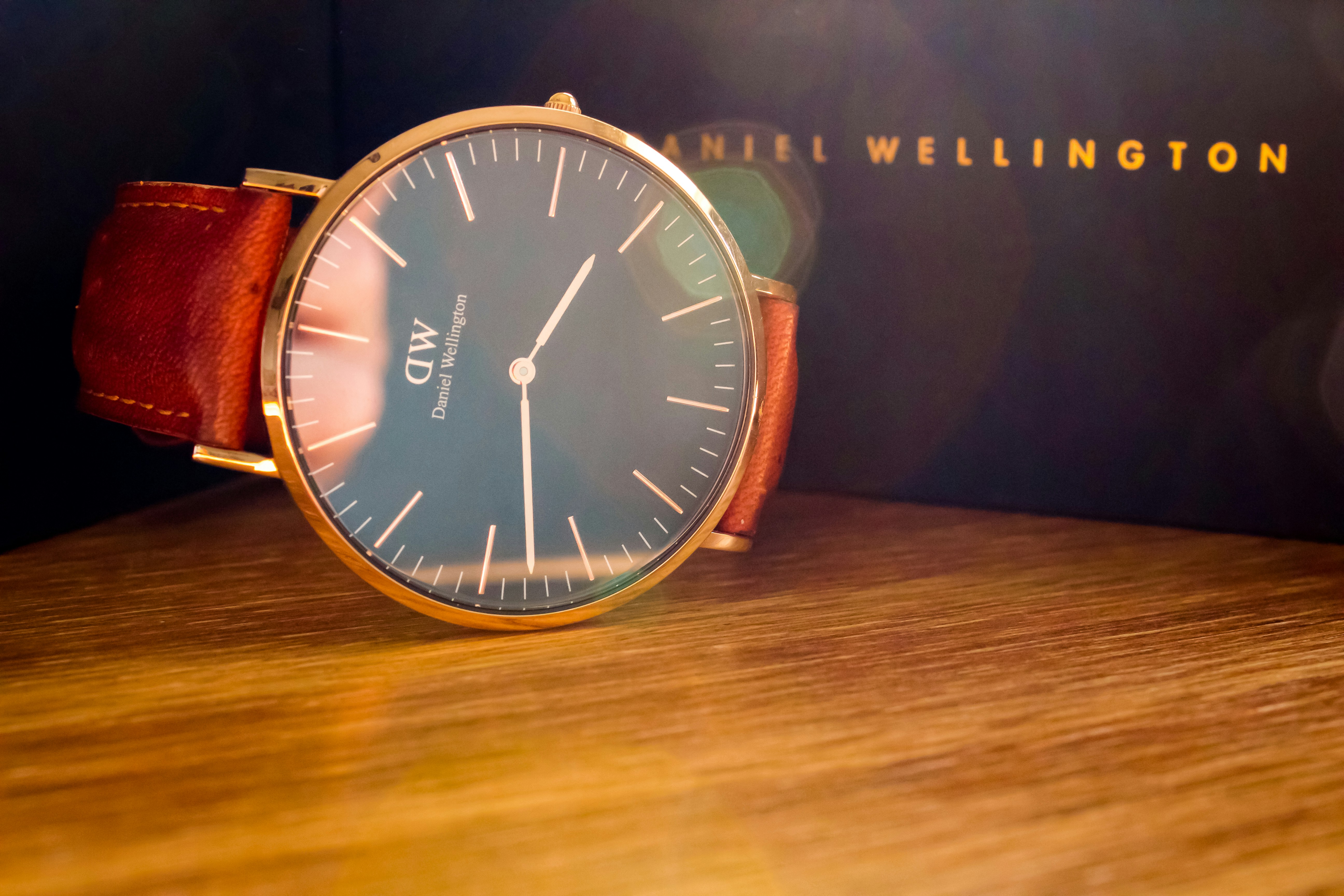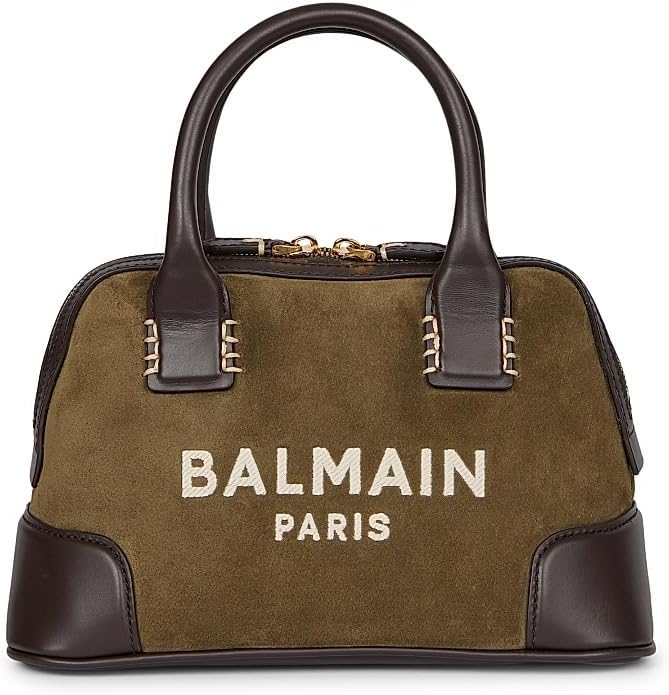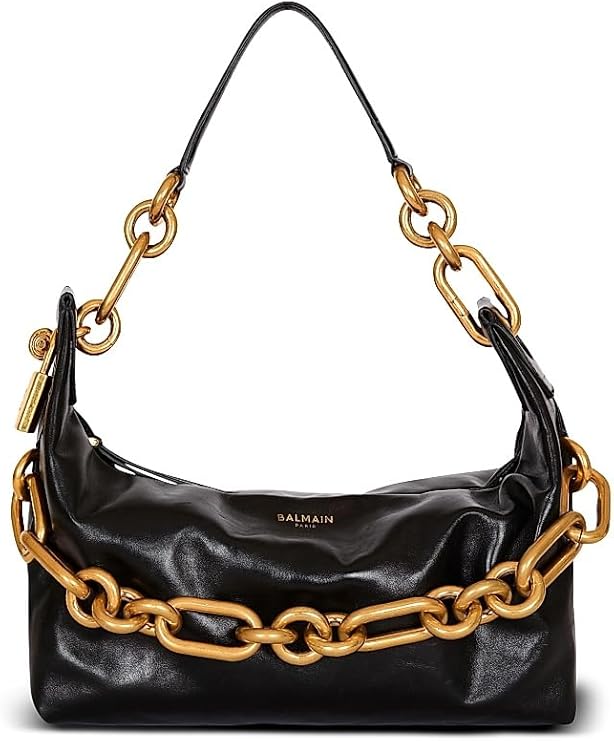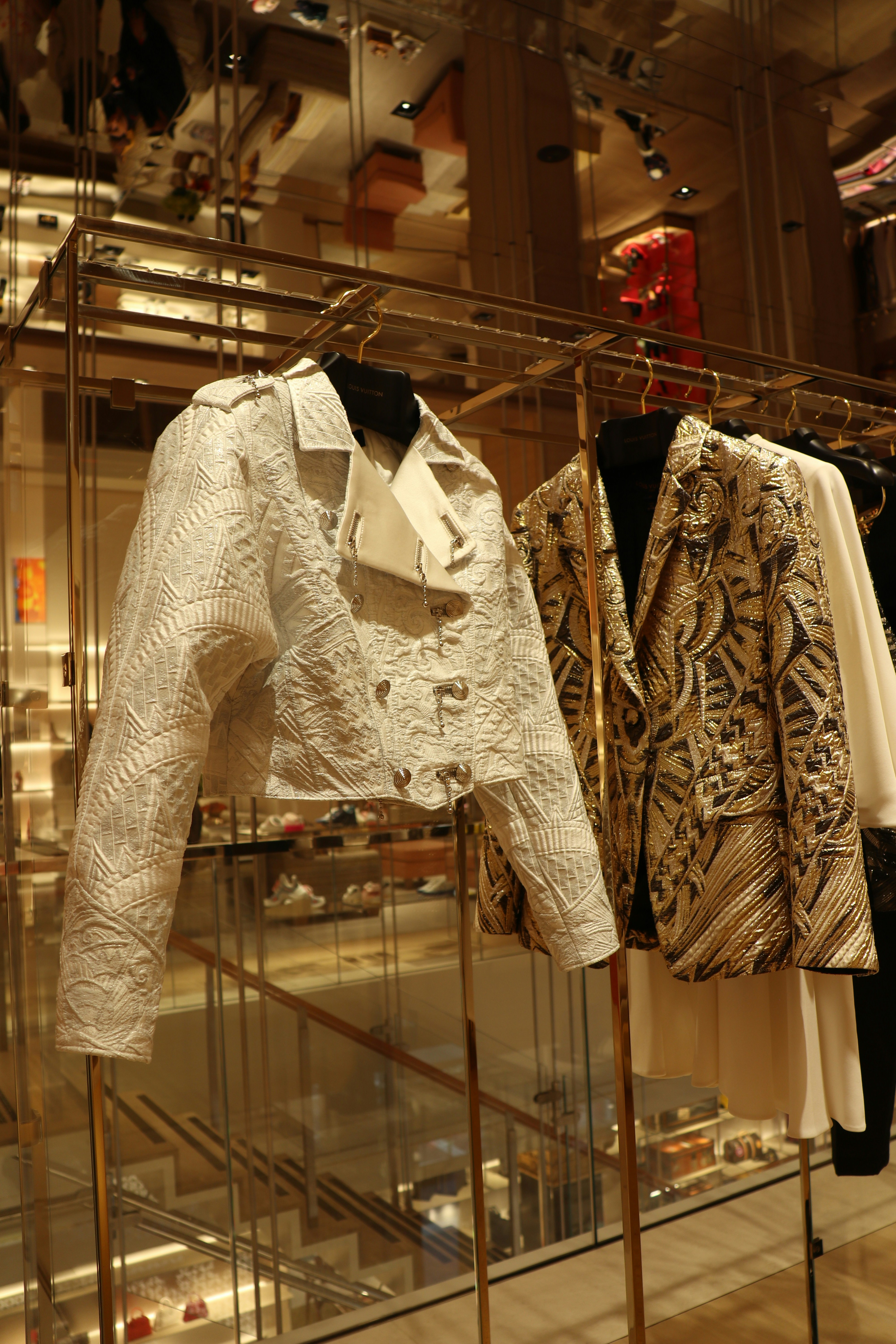The Birth of Jil Sander: A German Fashion Legacy
Jil Sander, a name synonymous with minimalist luxury, emerged in 1968 when the eponymous designer founded her fashion label in Germany. Born in Hamburg, Jil Sander was profoundly influenced by the aesthetic principles prevalent in German culture, which emphasized precision, functionality, and simplicity. This cultural backdrop provided the ideal environment for Sander to cultivate her vision of fashion that radically diverged from the prevailing styles of her time, which often favored extravagance and complexity.
From its inception, Jil Sander’s collections showcased a commitment to clean lines and understated elegance. The designer sought to create garments that not only complemented the wearer’s form but also celebrated the beauty of simplicity. This approach resonated strongly with individuals who appreciated a refined aesthetic, positioning Jil Sander as a pioneer in the realm of minimalist fashion. Her early works featured tailored silhouettes that adhered to the principles of androgyny, promoting a sense of modernity and sophistication.
The brand’s inaugural collection laid the groundwork for what would become a movement within the fashion industry. Sander’s meticulous attention to detail and the use of high-quality fabrics were pivotal in defining her signature style, which eschewed unnecessary embellishments in favor of pure form. This relentless focus on minimalism not only influenced her contemporaries but also inspired subsequent generations of designers to explore the depths of simplicity in their own creations.
As the brand evolved, it gained acclaim for its innovative design ethos, which became a hallmark of German fashion. Jil Sander’s influence reverberated beyond national borders, as her designs captured the attention of a global audience enamored with the minimalist aesthetic. Thus, what began as a single designer’s vision transcended into a lasting legacy, marking Jil Sander as a crucial figure in the trajectory of contemporary fashion.
The Aesthetic of Minimalism: What Sets Jil Sander Apart
Jil Sander’s fashion has become synonymous with minimalist luxury, defined by a meticulous focus on the purity of form and exceptional craftsmanship. This dedication is manifest in every piece, where simplicity is not equivalent to plainness, but rather an exploration of the beauty inherent in understated elegance. Her designs strip clothing down to its essential elements while still retaining an air of sophistication and style, creating garments that are both timeless and versatile.
A key element of Sander’s aesthetic is the simplicity of silhouette. The lines in her clothing are often clean and precise, which fosters an effortless sophistication that allows the wearer to exude confidence without overwhelming adornment. The iconic minimalist coat stands as a prime example of this approach. Characterized by its tailored fit and functional design, this piece exemplifies how utility can coexist with high fashion. Its versatility means that it can transition seamlessly from casual to formal settings, making it a staple in many wardrobes.
When comparing Jil Sander’s minimalist philosophy to that of other fashion brands, it becomes apparent that her vision is distinctly unique. While some designers may play with excessive embellishments or bold graphics, Sander’s focus remains on distilling fashion to its core essence. This approach not only highlights the quality of the materials used but also emphasizes craftsmanship that often goes unnoticed in more embellished designs. In contrast to others, Jil Sander champions a simplicity that invites introspection, allowing the wearer to appreciate the subtle details that set her pieces apart.
This commitment to minimalist luxury has garnered a dedicated following, linking Sander’s designs with a modernist ethos, which perpetuates the belief that less truly can be more in the world of fashion.
Cultural Influences and Evolution of Jil Sander’s Designs
The evolution of Jil Sander’s designs has been significantly shaped by various cultural influences, reflecting a broader interplay between art, architecture, and the socio-political context of the times. Launched in the late 1960s, Sander’s label quickly emerged as a proponent of minimalist fashion, emphasizing clean lines, pure forms, and understated elegance. This philosophy parallels movements in art, such as Minimalism, where simplicity was favored over ornamentation, creating a connection between the realms of fashion and fine art.
Architectural influences can also be observed in Sander’s work; her designs often echo the principles of modernist architecture, which advocates for functionality and form. Collections from the 1990s, such as the Spring 1996 line, showcased these elements, embodying a sense of structural integrity and a refreshing clarity. The juxtaposition of textures and fabrics is meticulously curated, akin to the way architects select materials to complement their designs. Such collections demonstrate how Jil Sander has skillfully integrated structural concepts into her fashion design, appealing to a clientele that values both sophistication and practicality.
Moreover, socio-political contexts have played a pivotal role in shaping Jil Sander’s aesthetic. The tumultuous nature of the 20th century, particularly the shift towards individualism and self-expression in the post-war era, allowed Sander to flourish. Collections during this time adopted a more relaxed silhouette, responding to the desires of a modern woman navigating a rapidly changing world. The reception of these collections has often mirrored market trends, highlighting the consumer’s growing appreciation for the minimalist ethos that prioritizes quality over mere quantity. Through her relentless dedication to simplicity and relevance, Jil Sander has maintained an enduring legacy in the fashion landscape while balancing innovative design with timeless luxury.
The Contemporary Impact of Jil Sander: Minimalism in Today’s Fashion
Jil Sander’s influence on contemporary fashion is undeniably profound, as her commitment to minimalist design has left a lasting imprint on the industry. In an era dominated by fast fashion and fleeting trends, Sander’s approach stands in stark contrast, emphasizing the importance of simplicity, quality, and timelessness. Today’s fashion landscape often reflects her ethos, where clean lines and understated elegance take precedence over excess and embellishment. Many contemporary designers have drawn inspiration from her signature aesthetic, seeking to embody the principles of minimalism that Sander has long championed.
As we navigate the modern age, the resurgence of minimalist aesthetics has gained momentum, presenting itself in various collections and streetwear styles. The ethos of “less is more” has permeated through the offerings of numerous brands, which increasingly favor sophisticated silhouettes and neutral palettes. This shift not only showcases a return to classic simplicity but also aligns with the growing consumer demand for sustainable fashion choices. Consumers today are increasingly aware of the impact of their purchases, leading to a heightened interest in quality over quantity. Thus, minimalist pieces, often characterized by their dual utility and timeless designs, have seen a revival.
(Brand) continues to innovate within its minimalist foundation, exploring new materials and techniques while remaining true to its heritage. This blend of innovation and tradition ensures relevance in a rapidly changing market while appealing to a clientele that prioritizes sustainability and durability. The emphasis on sustainable materials and ethical production practices combines well with the brand’s focus on timeless style, catering to a demographic that values longevity in their fashion choices. Sander’s legacy not only endures but thrives as it shapes the future of fashion, affirming the enduring appeal of minimalism in an ever-evolving industry.














